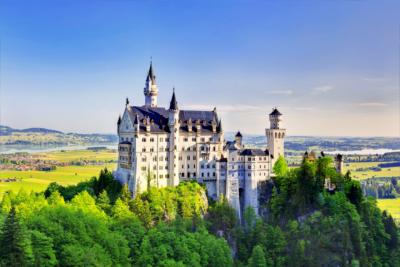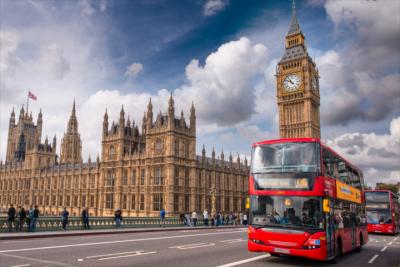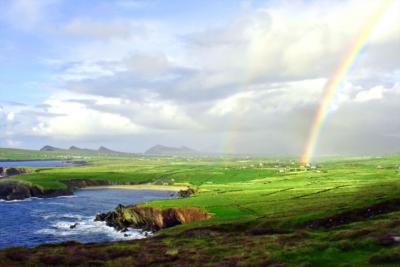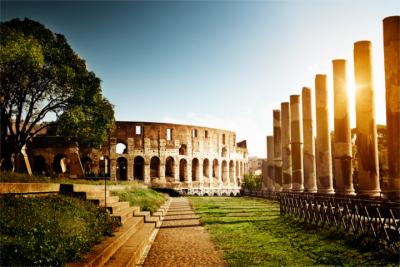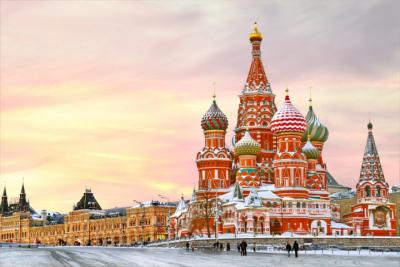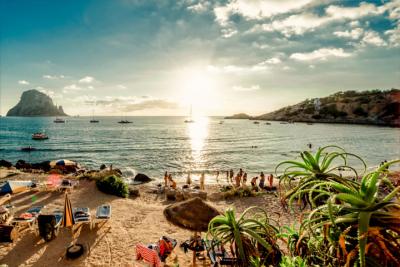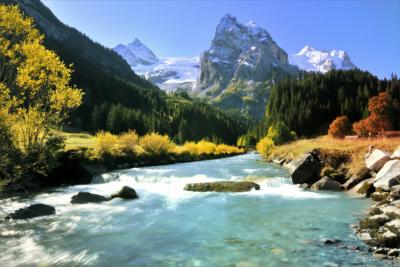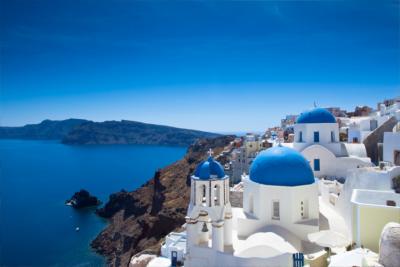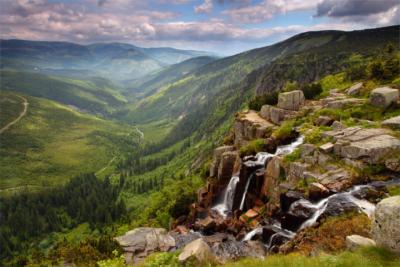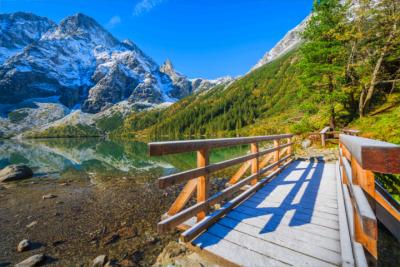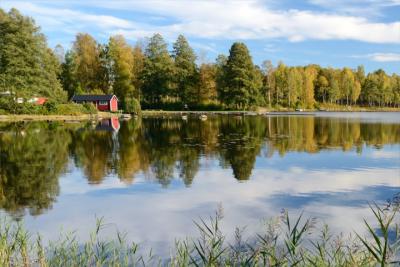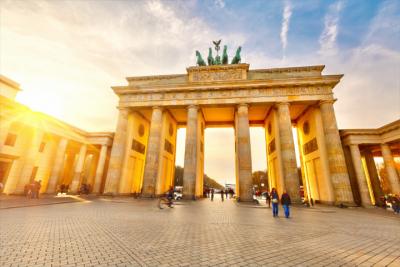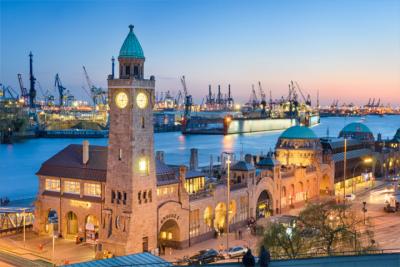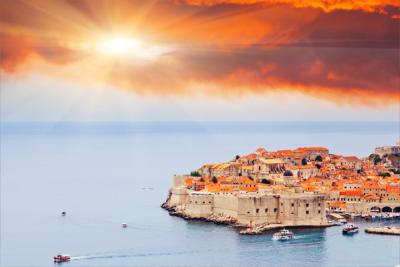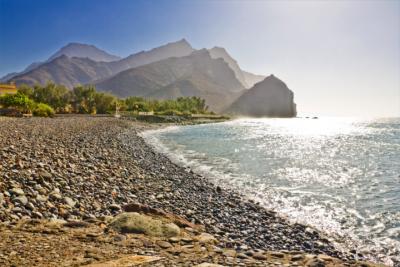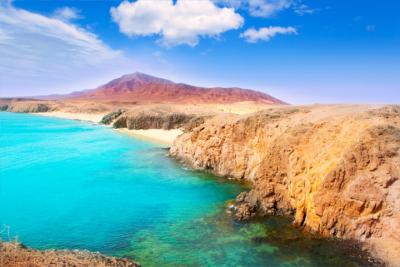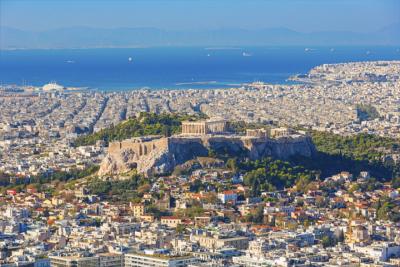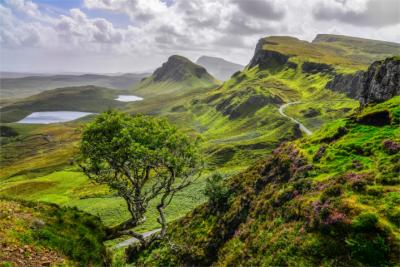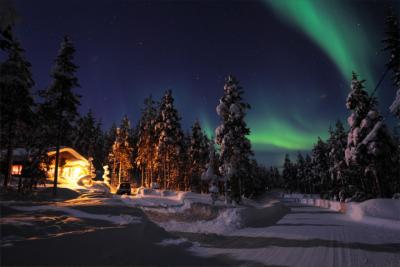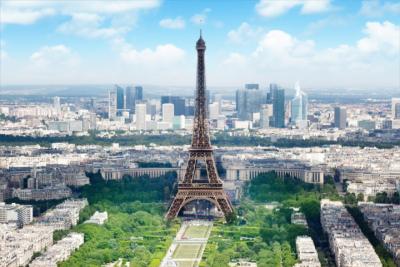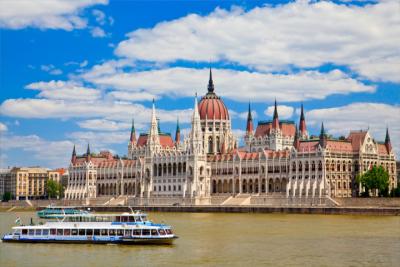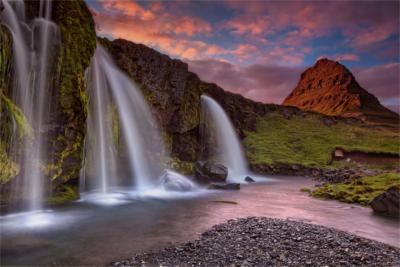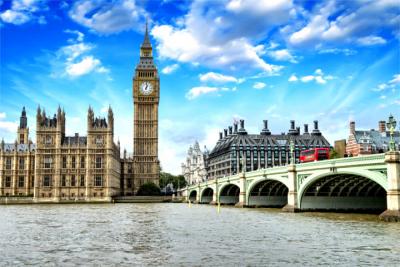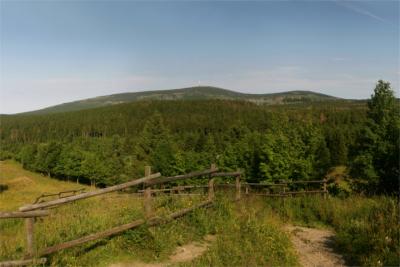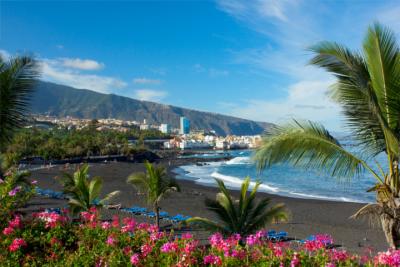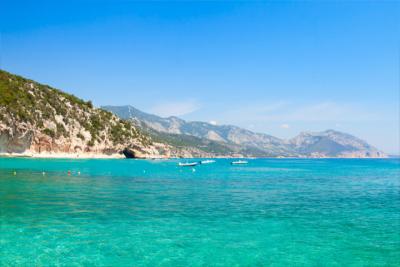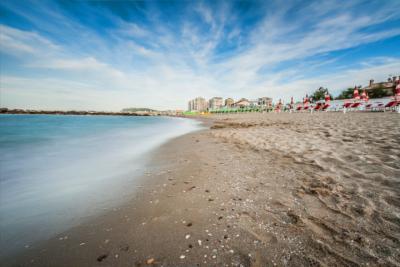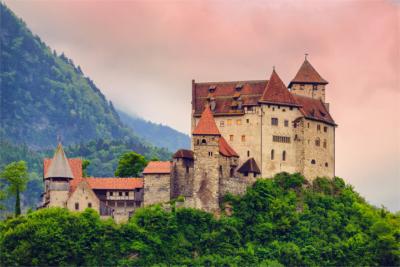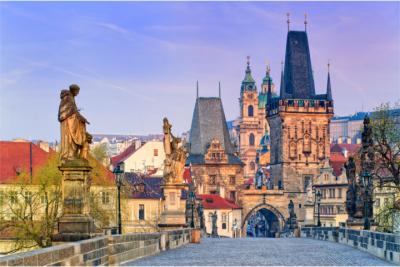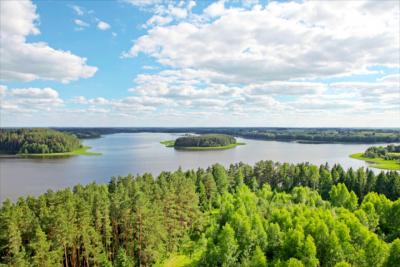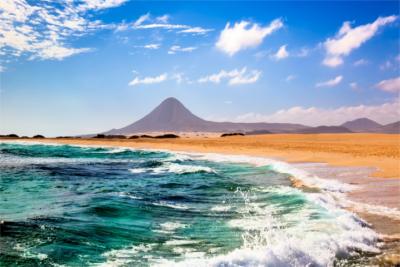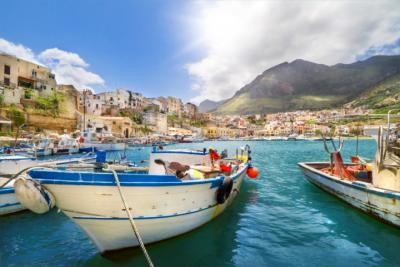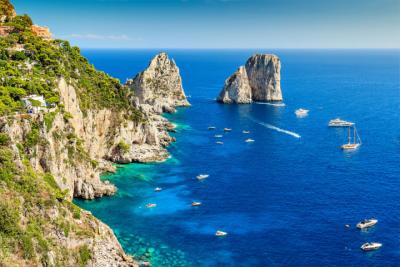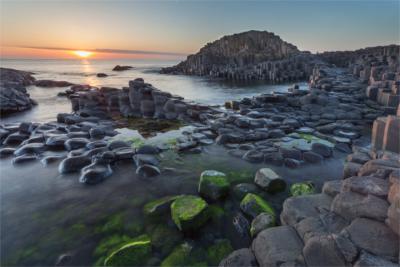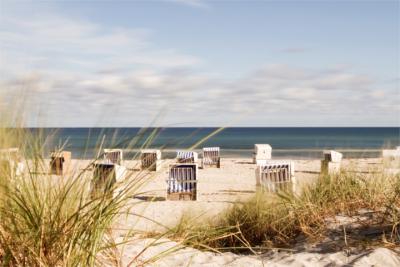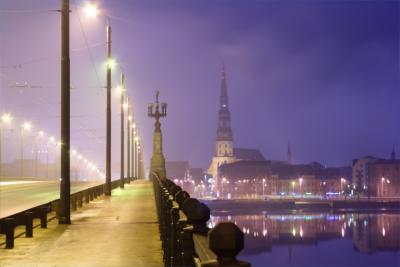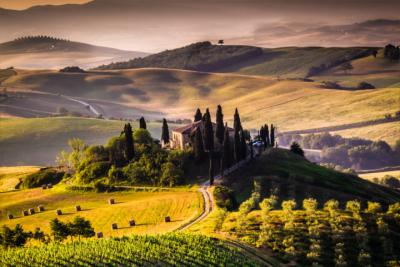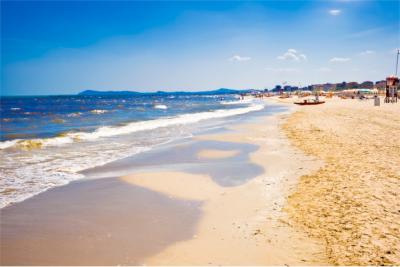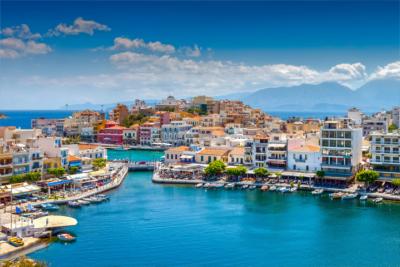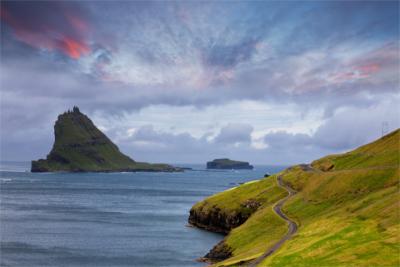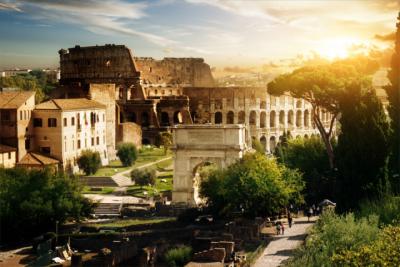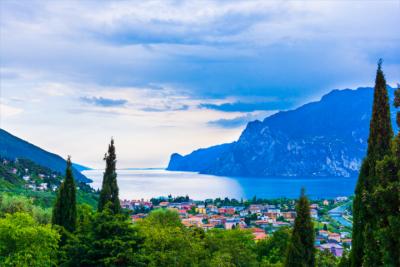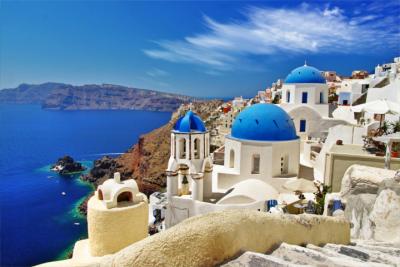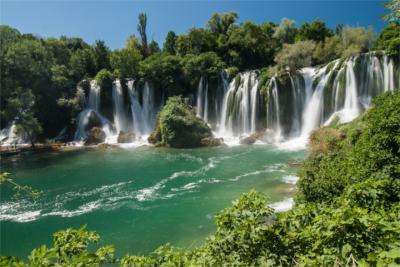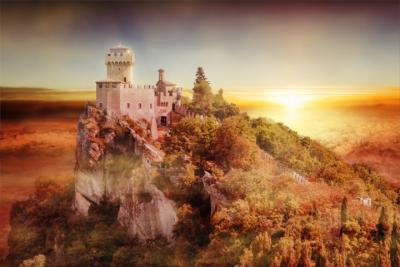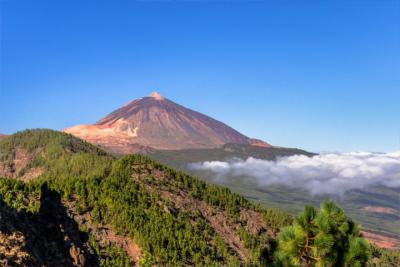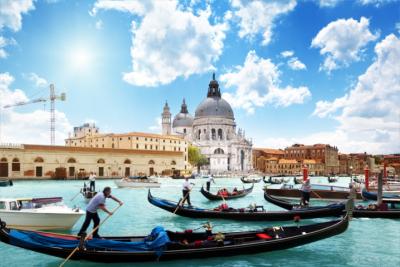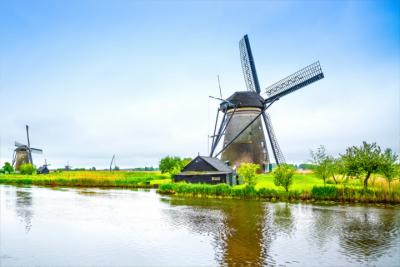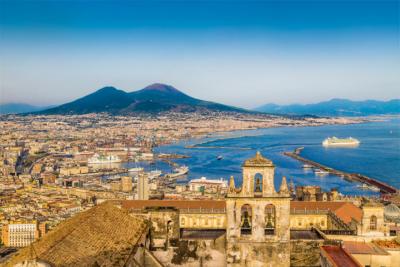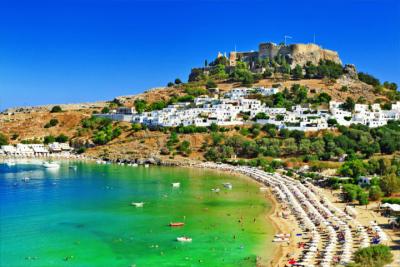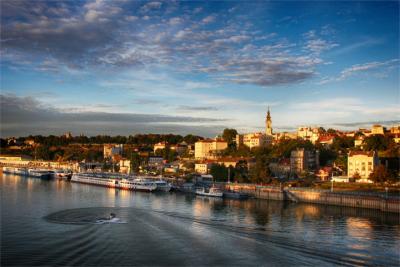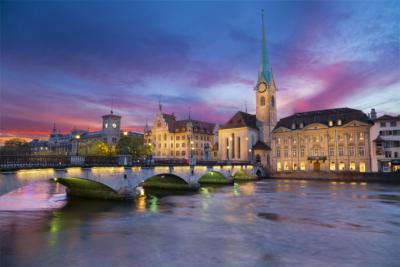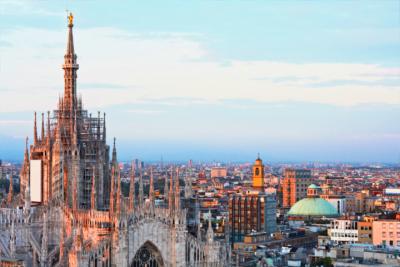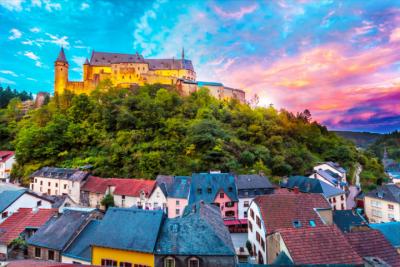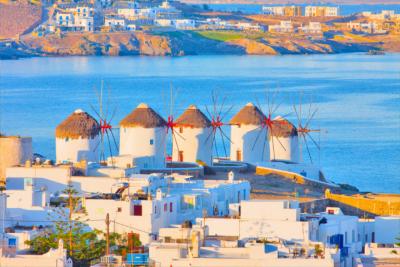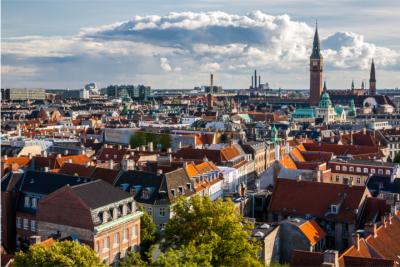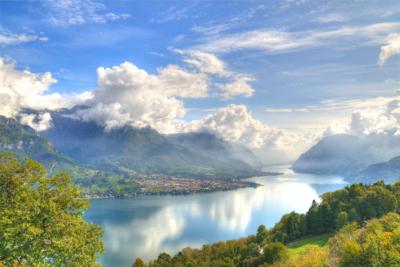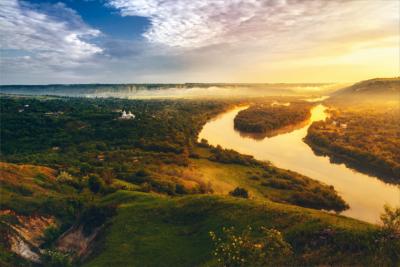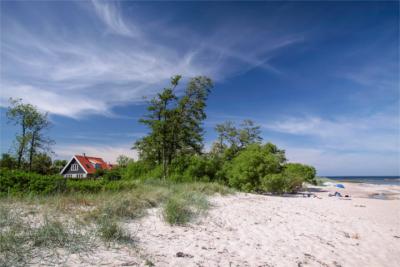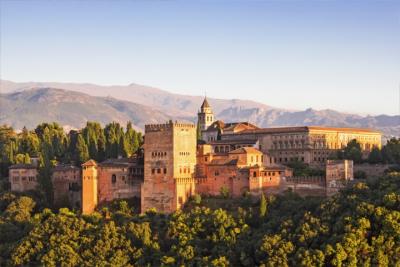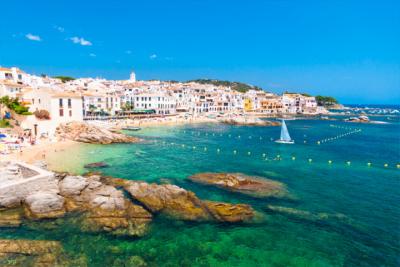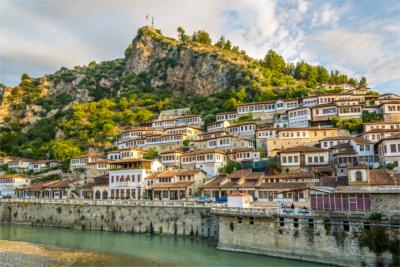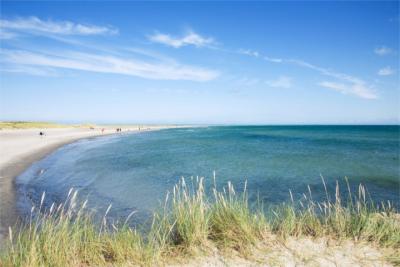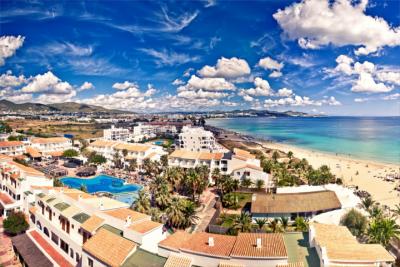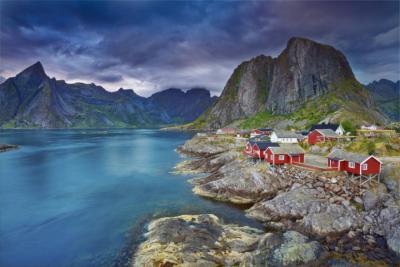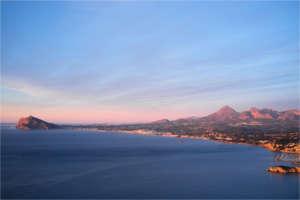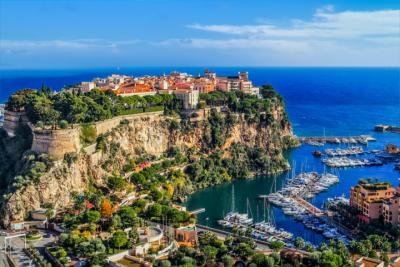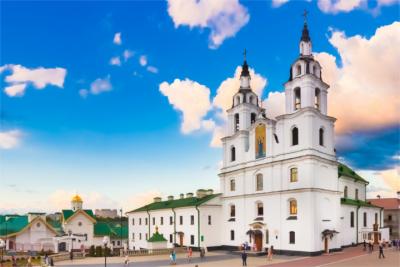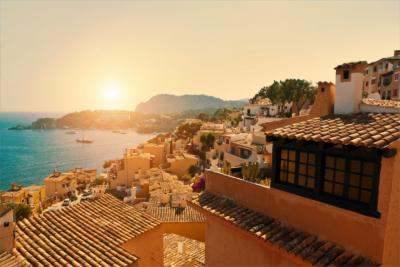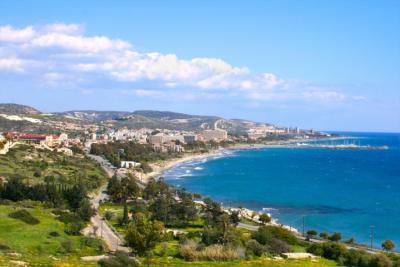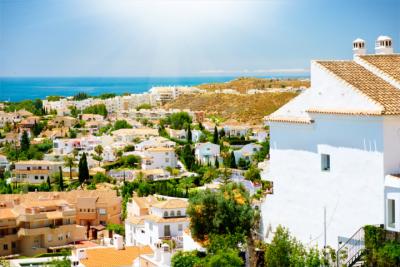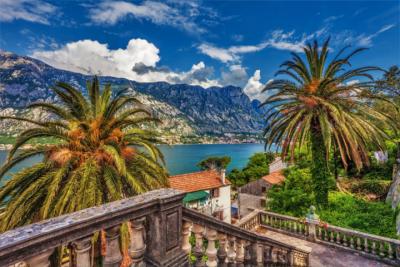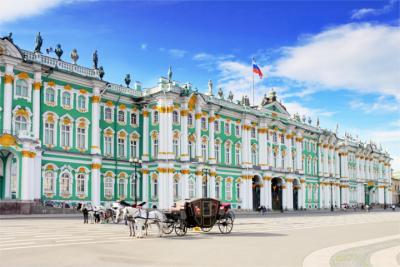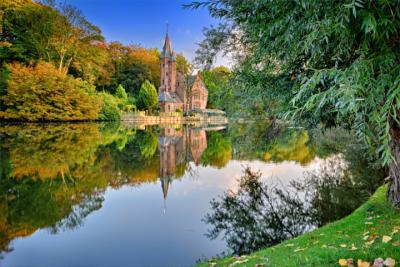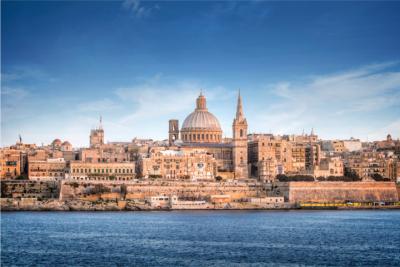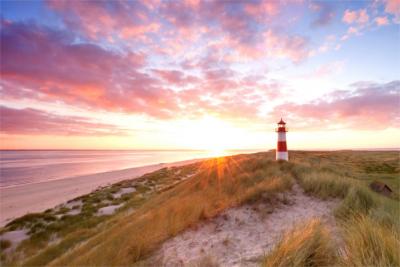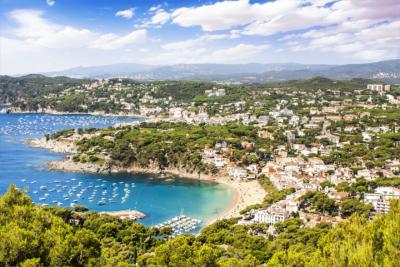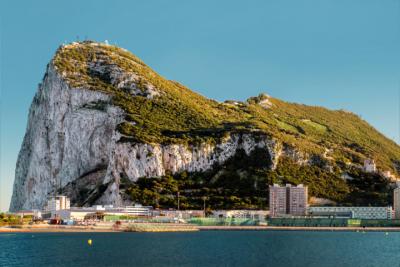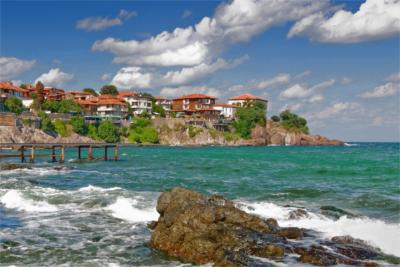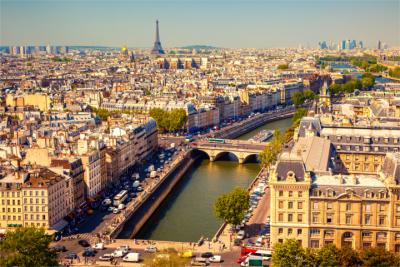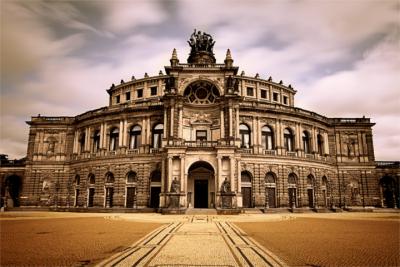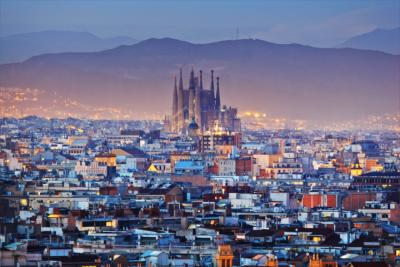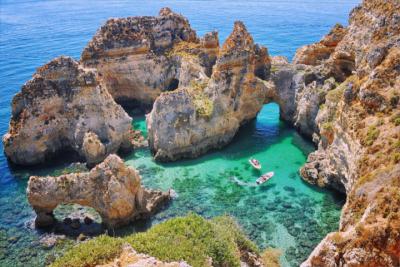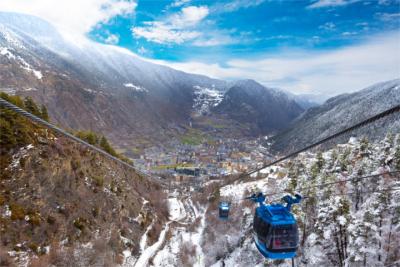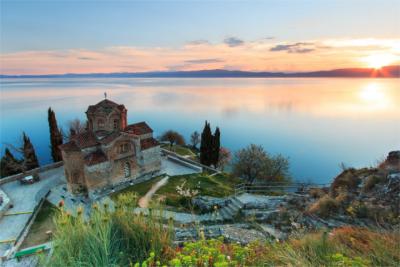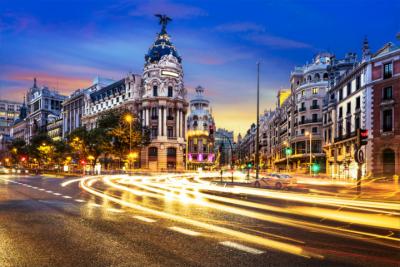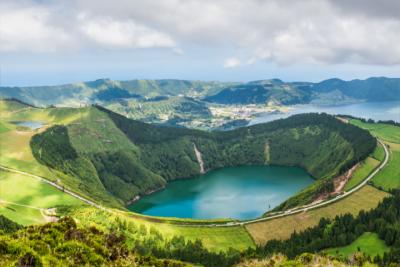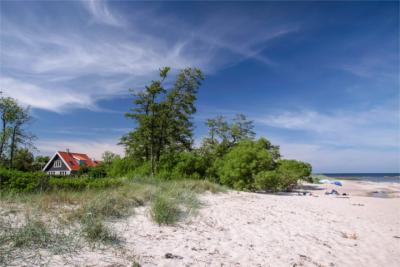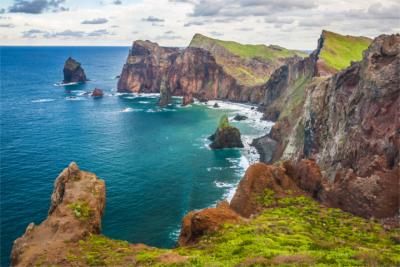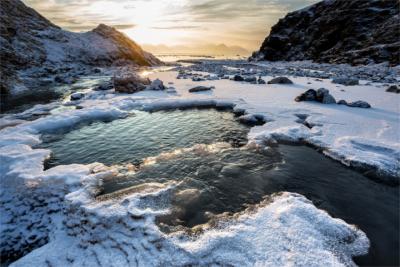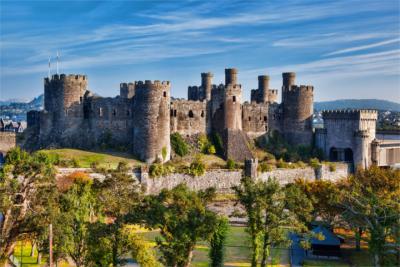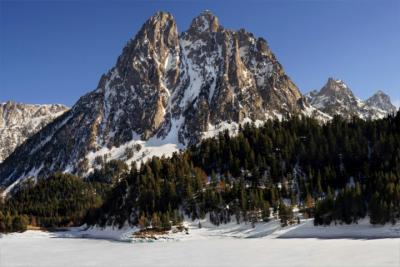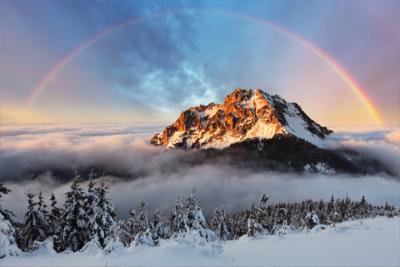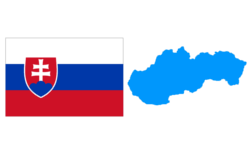Travel Offers
Travelmyne Featureprint
Distance
Slovakia - Snowy Peaks and Green Forests
Slovakia is a magical travel destination in both summer and winter. Numerous hiking trails runs through the forests along fairy-tale castles and ruins. In winter, exciting pistes allure winter sports fans into Slovakia's mountainous regions.

Geography - The Central European landlocked country
The Central European country of Slovakia is positioned between Austria, the Czech Republic, Poland, Ukraine and Hungary. Bratislava is the biggest city and Slovakia's capital. The country is divided into fourteen regions (kraje). The climate is a typical Central European one, continental and temperate. It is considerably warmer in the lowland areas with an average of 18 to 21 °C in summer. The north with the high mountains is colder and rich in snow, especially in winter.

Nature - Between the Danube and the Tatra mountains
The wonderful mountainous landscape of the Tatra, beautiful karst mountain ranges with thousands of exciting caves, cascade waterfalls and remote alluvial forests - Slovakia's landscape is untouched and unique. It can be divided into two main regions. About two thirds of the area are taken up by the Carpathian Mountains and one third is constituted by the Pannonian Basin. Slovakia's highest peak is the highest mountain in the Carphatians - Gerlachovský štít ("Gerlach Peak") with 2,655 m of height. About 45 percent of the country's area are covered with thick forests. Most of these consist of poplars, oaks and beeches. They are home to 34,000 animals species such as wolves, lynxes and brown bears. In the Tatra mountains, you find beautiful mountain and glacial lakes as well as several reservoirs. The country's longest river is the Danube, which has its source in Austria, runs through Slovakia and flows into Hungary.

Natural sights - Mountains, caves and rivers
There are over 20 vast nature reserves in Slovakia. Among the most beautiful national parks you find the Tatra National Park (73,800 ha), the Malá Fatra National Park and the Slovak Paradise National Park. The UNESCO declared both the caves in the Slovak karst and the native beech forests in the Carpathians World Natural Heritage sites. The Demänovská Ice Cave in the Demänovská Valley of the Low Tatras is of particular interest to tourists. A raft trip in the High Tatras through the narrow gorges of the Dunajec is highly recommended too. Of course, travellers can also marvel at the country's beauty on a boat trip on the Danube.

Culture - A singular nation
The ancestors of Slovakia's present-day population already came to the country in the 5th and 6th century but the first prehistoric people already lived on the territory 250,000 years ago. The country's history tells of an extreme conflict between the adjacent nations and cultures. The Bulgarians, East Franks and Hungarians repeatedly laid claim to the country. After World War I, the Slovaks decided to form a union with the Czech Republic and founded the Czechoslovakia, but there were tensions between the two nations from the beginning. That is why the two countries separated peacefully into two sovereign states on the 1st of January in 1993. The Slovaks were under the rule of the Hungarian Empire for a long time, together with the Czech Republic later on. This way, it is not surprise that they are sensitive to this topic. They insist on their independence and their own identity, which can be felt in all areas of life. Travellers should definitely avoid putting the Slovaks on one level with their neighbouring nations.

Cultural sights - Monasteries and fairy-tale castles
There are ancient and fairy-tale castles all over the country. Examples are the Renaissance Bojnice Castle with the limestone caves, the wonderful white Bratislava Castle in the capital's old town, the Červený Kameň Castle from the 13th century in the Little Carpathians and the Spiš Castle in Žehra. You find at least as many monasteries, churches and cathedrals in Slovakia such as the Gothic St. Elisabeth Cathedral in Košice and Červený Kláštor ("Red Monastery") in the High Tatras. Enjoyment for all age groups is offered by the scenic open-air museums. Vlolínec near the Low Tatras, for example, is part of the UNESCO World Cultural Heritage.

Experience - Delicacies and baths
Slovakia's cuisine is substantial and hearty, a pleasure for body and soul - but most of all for your body. The plain restaurants are full of visitors, especially in winter when the delicious roast goose (husacina) is served. Slovakia's inhabitants prefer eating meat and sausage dishes, hearty stews, broths and soups throughout the year. They often end a meal with fruit brandy or gin. These liqueurs are also popular souvenirs, which make visitors remember the country. The best place for going shopping is Bratislava's pedestrian area. Besides herbal liqueurs and delicious wine from the Little Carpathians, you also find characteristic art handicraft made of wood and ceramic. Thanks to the 1,200 healing springs, Slovakia has become a popular destination for spa holidays. Numerous health resorts offer therapeutic baths, thermal springs and a number of treatments, which help holidaymakers forget about your stressful everyday life. After this refreshing experience, travellers are ready for Bratislava's nightlife. Party-goers meet in discos, clubs or bars.

Activities - A winter sports paradise
In summer, Slovakia is a paradise for hikers and mountaineers. Holidaymakers discover the beauty of the forests and mountains along the country's excellent hiking trails at pleasant temperatures. However, the most enjoyable season is winter. At that time, the whole country transforms into a winter wonderland with a lot of snow, steep ski runs and a unique view of the Carpathian peaks. In fact, Slovakia is one is the most beautiful European winter sports countries. Although tourists are aware of that, the pistes of the vast skiing areas are not overcrowded.

Information
The peak season in Slovakia lasts from May to September. If you want to have the hiking trails to yourself while enjoying a couple of hours of sunshine, you should travel the country at the end of September when most holidaymakers have already returned home. Travellers who intend to spend a lot of time in the forests are advised to protect themselves against ticks.
The thermal baths and hot springs of the spas invite visitors to unwind and relax. Winter sports fans and adrenaline junkies, on the other hand, get their money's worth on the ski runs.

